Sewing has always been more than just a craft—it’s a form of self-expression, problem-solving, and practicality. But here’s the twist: while the world has raced forward with tech and trends, some of the most effective sewing techniques have quietly faded into the background. Until now.
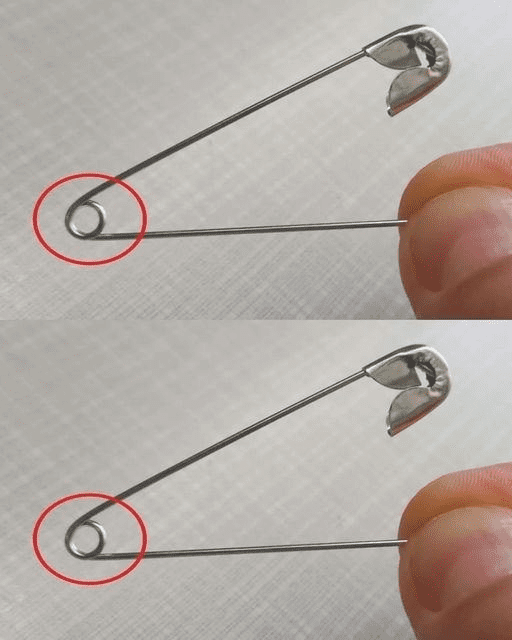
Let’s take a look at one ancient sewing secret (and several bonus tips) that seasoned tailors once swore by. Whether you’re a beginner trying to thread a needle without frustration or a pro looking for that old-school edge, these traditional methods will seriously level up your stitching game.
The Lost Wisdom of Traditional Sewing
Back in the day, sewing wasn’t just about mending clothes—it was a survival skill. Tailors and seamstresses passed down techniques that weren’t written in manuals or taught in modern sewing classes. These secrets, rooted in experience and necessity, made stitches last longer, fabrics sit better, and results look cleaner.
Video:
Many people do not know the secret of the safety pin.
So, why did we stop using them? Mostly because convenience took over. But guess what? These timeless tips are still incredibly useful—and they might just change how you approach your next project.
Beeswax + Thread = A Smooth, Strong Stitch
Here’s a gem that’s as old as sewing itself—strengthening your thread with beeswax. If you’ve ever had your thread twist, knot up, or break halfway through a hem, this is your fix.
How to use beeswax like the pros of the past:
- Grab a small chunk of beeswax (you can find it at craft stores or online).
- Run your thread through the wax a few times to coat it.
- Use your fingers or a warm iron to press the wax gently into the thread.
What’s the result? A smoother thread that resists tangling, glides through fabric effortlessly, and holds your stitches together like a dream. It’s especially helpful for hand-sewing thick fabrics like denim or canvas.
The Dry Soap Trick That’ll Make You Ditch Chalk
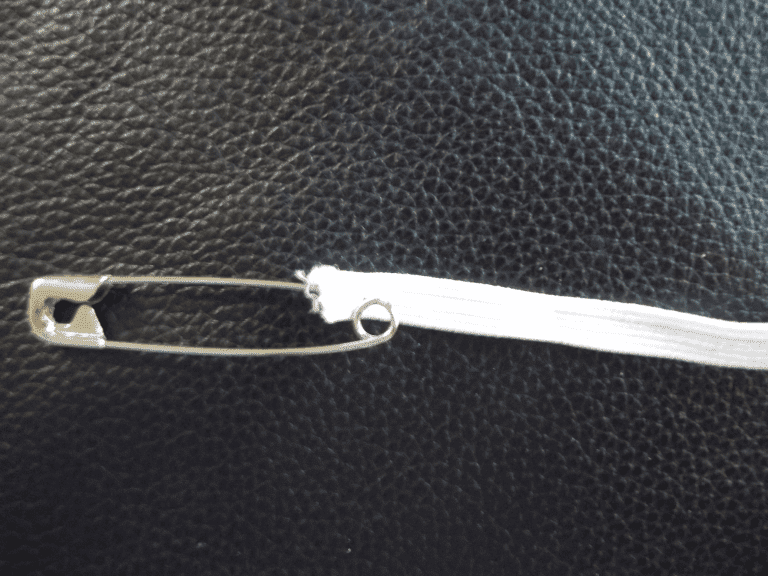
Marking fabric is part of nearly every sewing project—but those chalks and pens? They’re not always reliable. Some leave stains, others vanish before you finish cutting. Want a better way?
Try this old-school hack: dry bar soap.
Yep, that plain white soap hiding in your bathroom drawer. When dried out, it becomes a perfect fabric marker:
- It glides easily across most fabrics.
- It leaves crisp, visible lines.
- It completely disappears in the wash.
To sharpen the edges, just slice the soap like you would a bar of cheese. Mark your fabric, sew your heart out, and when you’re done—poof—the soap vanishes with water. No residue, no regrets.
Loop Knots: The Small Secret to Stronger Starts
Tying off thread may seem basic, but it’s where many sewing projects start falling apart. Instead of the classic double knot, there’s a more reliable technique: the loop knot.
Here’s how to do it:
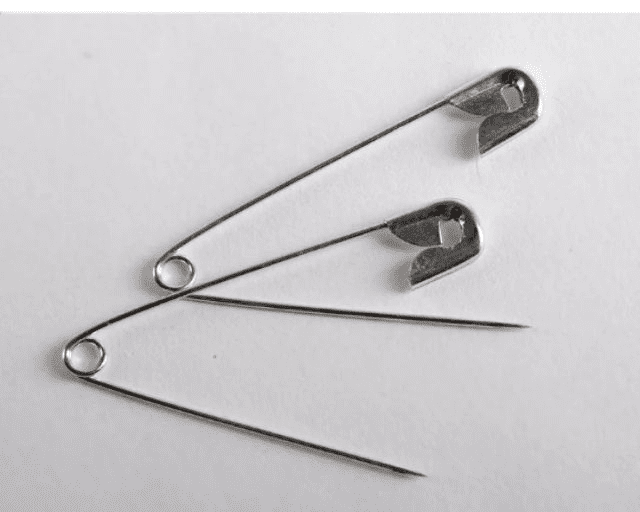
- Thread your needle and pull it halfway through.
- Make a small loop at the end of the thread.
- Pass the needle through the loop and pull it tight.
This simple move locks your thread in place without adding bulk. It’s perfect for fine fabrics where a thick knot might leave a visible bump or damage the weave.
Threading Elastic with a Safety Pin: Old Hack, Still Gold
If you’ve ever tried pushing elastic or a drawstring through a casing using just your fingers, you already know the struggle. Enter one of the simplest yet most genius tools ever: the humble safety pin.
Video:
Many people do not know the secret of the safety pin.
Here’s the method:
- Pin one end of the elastic or string.
- Push it into the opening of the casing.
- Bunch the fabric along the pin and slide it through bit by bit.
This old-school trick cuts your threading time in half and spares you the headache. No special tools needed—just a safety pin and a little patience.
Whipstitch Your Edges to Prevent Fraying
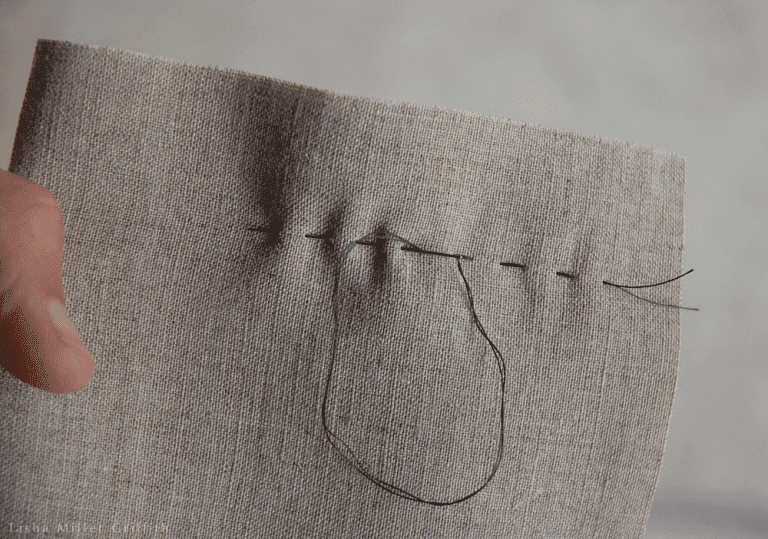
Before fancy sewing machines came into play, tailors relied on hand-stitching techniques to secure raw edges. One of the most trusted? The whipstitch.
How to do it:
- Use a sturdy thread and a sharp needle.
- Loop the thread over the raw edge of the fabric, keeping stitches close together.
- Keep your spacing even for a clean finish.
Not only does this technique stop fraying, but it also adds a vintage touch to garments. It’s a lifesaver for repairs and perfect for working with fray-prone fabrics like linen or cotton.
The Underrated Basting Stitch: Temporary, But Essential
Here’s one step most beginners skip—and most pros swear by. Basting is the secret to precise seams and perfect fits.
A basting stitch is a loose, temporary stitch that helps you hold pieces of fabric together before you commit to a final seam. It lets you test fit, tweak alignment, and make adjustments without stress.
Why it works:
- It saves you from seam-ripping mistakes later.
- You can use contrasting thread to easily spot and remove it.
- It keeps tricky layers from shifting during final stitching.
Think of it as a dress rehearsal before the big performance. Once you get used to it, you won’t want to sew without it.
Why These Ancient Sewing Tricks Still Matter
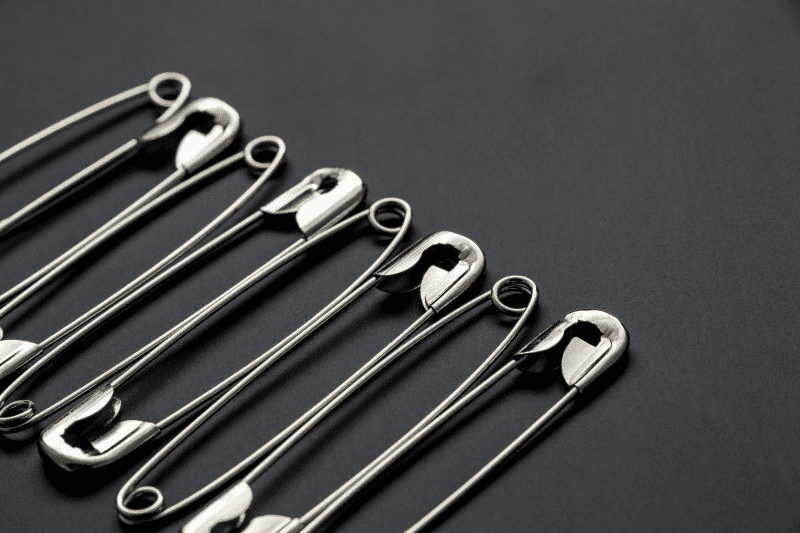
In a world where fast fashion and disposable clothes are the norm, these techniques are a reminder of how thoughtful craftsmanship can make a difference. Each one helps you slow down, do things right the first time, and take real pride in what you create.
Whether you’re stitching up a torn pocket, hemming a skirt, or making a dress from scratch, these timeless hacks bring quality and intention back into your work.
Conclusion: Simple Secrets, Stunning Results
The magic of sewing doesn’t lie in fancy machines or endless supplies. It lives in the details—the quiet little tricks passed down through generations. Strengthening thread with beeswax, marking with dry soap, tying secure knots, threading with a safety pin, finishing edges by hand, and basting for accuracy—these aren’t just hacks. They’re time-tested tools that make your sewing smoother, neater, and far more satisfying.
So next time you thread your needle, remember: the old ways still work. And sometimes, they work even better than the new ones.
Want to elevate your craft? Start with the secrets the world forgot—and sew like it’s an art form again.


